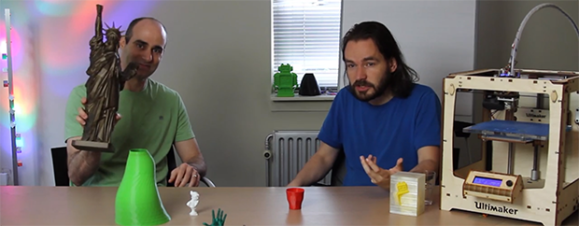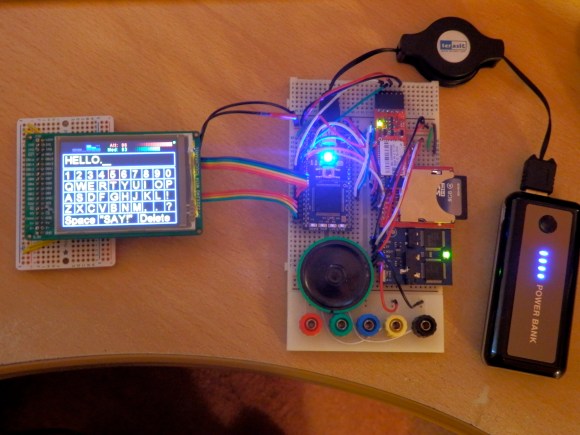[bobasaurus] over on reddit had a go at making a knife from scratch. It was his first attempt, but we’re thinking the result is fabulous and a wonderful example of what can be done with minimal tools at home.
The blade and folding mechanism was crafted out of an O1 tool steel bar. [bob] didn’t have any fancy machines like a bandsaw to cut these metal parts out; he used a jeweler’s saw and went through many blades in the process.
After the basic shape of the metal parts took form, [bob] turned to the scales. They’re made of a beautiful figured wood, bocote, native to Central America.
One interesting part of [bob]’s knife is the electrochemical etching he did on the blade. After applying a mask for the etching with the toner transfer process, the blade was grounded to a battery charger and a paintbrush wired up to the positive side was dipped in salt water. It’s certainly an easy way to engrave metal without investing in expensive tools or a CNC router.
Finally, the scales were shaped and oiled and the blade and bolster mechanism installed. A lot of work went into this knife, especially with the bare minimum of tools [bob] used. The results are worth it, though, and he ended up with a beautiful knife.


















